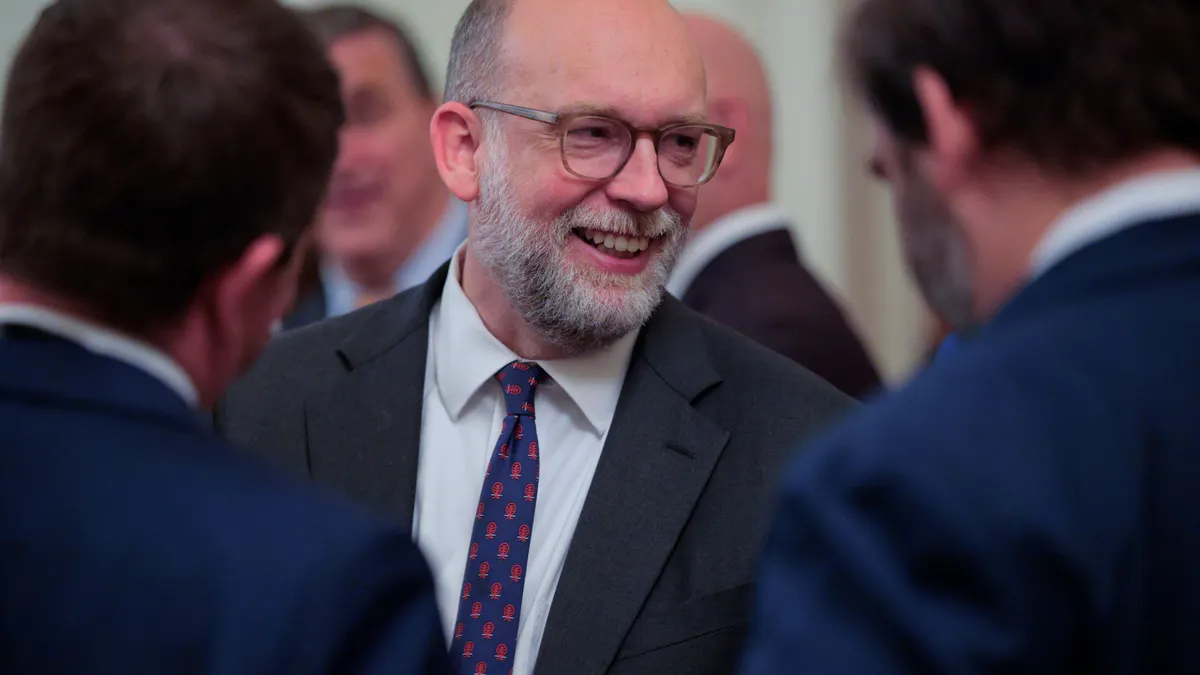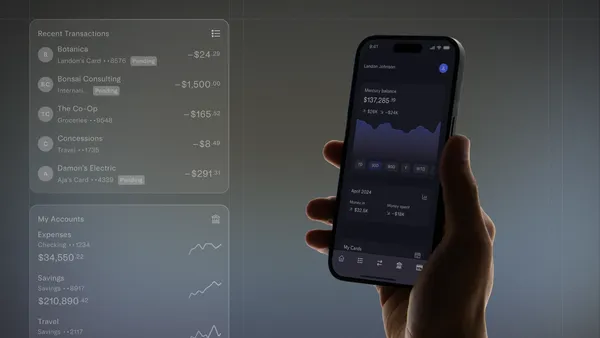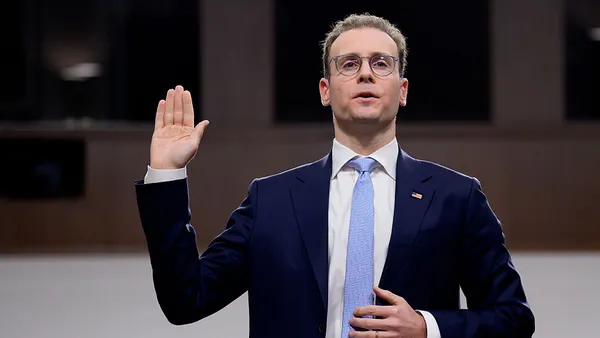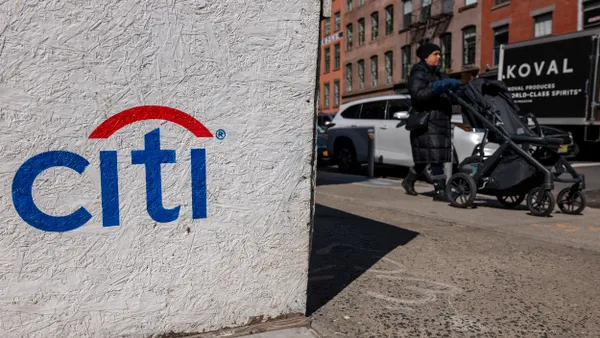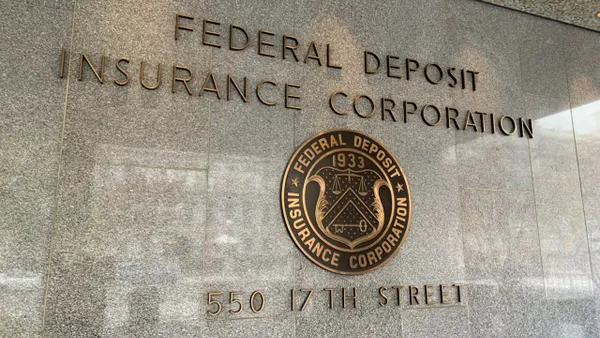A common refrain as banks debate when their employees return to the office: What happens when our competitors send their workers in? Certainly that would give them an advantage in face time with clients, right?
This year has shown banks do a good deal of following when another financial institution sets a trend. When Morgan Stanley CEO James Gorman declared in March his bank would not lay off any employees throughout 2020, Bank of America was quick to second it. Citi and Wells Fargo tweaked the narrative slightly, announcing they'd pause cuts, while acknowledging the move was temporary. The nation's third- and fourth-largest banks have each lifted that pause within the past five weeks.
Similarly, in the pandemic's early days, when JPMorgan Chase shared its plan to temporarily close 20% of its branches, no fewer than eight banks rolled out their own plans for branch restrictions or behavior modifications within the next 24 hours. This is not to say other banks hadn't been formulating these plans for days or weeks ahead of rollout, but the timing is herdlike.
The trend continued with relation to social unrest after the May police killing of George Floyd. A number of banks quickly rolled out policies commemorating Juneteenth after Mastercard and Santander said they would.
Seizing on the idea that a strategic cash infusion to support Black businesses and homeownership could help rebalance the scales, Bank of America announced it would donate $1 billion over four years to address economic and racial inequality. Over the next month, U.S. Bank, PNC, PayPal, the Royal Bank of Canada and even Netflix followed with their own pledges.
In a move that would later backfire, Wells Fargo set the tone in June when it vowed to double Black leadership at the bank within the next five years. HSBC, Goldman Sachs, Visa and Mastercard followed up with similar promises.
But it was the language Wells CEO Charlie Scharf used in making that promise that landed him in hot water this week — and spurred a pendulum swing from fellow financial institutions.
Scharf apologized Tuesday night via Twitter and again Wednesday in a separate statement for saying the goal would be difficult to achieve because of “a very limited pool of Black talent.”
But a curious thing happened between Tuesday and Wednesday. Less than 24 hours after the Scharf blowback began, competitor Citi rolled out a $1.15 billion pledge to fight racial inequality. Again, the plan was undoubtedly weeks or months in the making, but the timing could be seen as reactionary. Not to mention, the announcement came little more than a week after reports surfaced that Citi would face a reprimand from regulators over risk management.
The market again reverted to follower mode, with Square, Truist and Ally Financial pledging tens of millions in racial equality efforts over the next day.
The financial sector has adopted this wait-and-see, then-hurry-up-and-go mentality on one of the more consistently puzzling questions of the coronavirus era: when to ask (or insist) that employees come back to the office.
When reports surfaced that Citi was circulating a survey asking New York-area employees their comfort level with returning to the office Oct. 5, JPMorgan Chase upped the ante — telling its sales and trading executives their teams would be returning Sept. 21. Shortly after that announcement, the bank would send some staff home after an employee was found to be COVID-positive.
The whipsaw reaction was swift. Deutsche Bank was quick to tell New York-based employees they could work from home through July 2021.
The herd mentality took hold in another city this week. After British Prime Minister Boris Johnson pleaded with Londoners to work from home to curb a coronavirus resurgence, Goldman Sachs, Citi, HSBC, Deutsche and JPMorgan, in rapid succession, paused the return of some of their U.K. teams.
Good ideas are fleeting in banking. And, with so much competition following every move so closely, ideas don't stay original for long.





